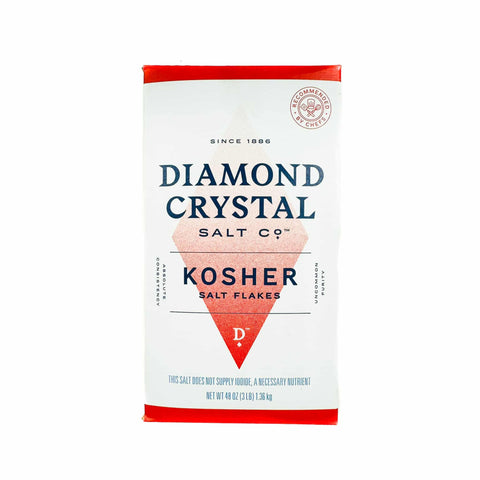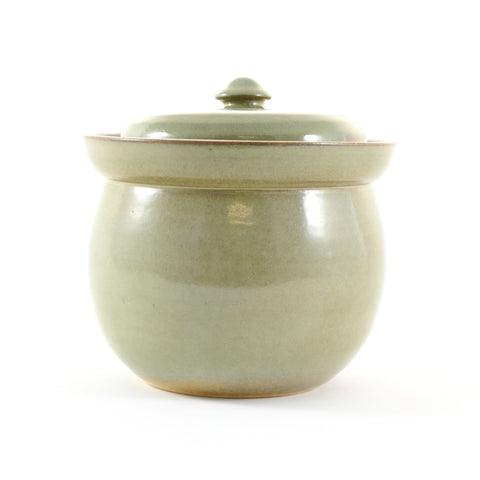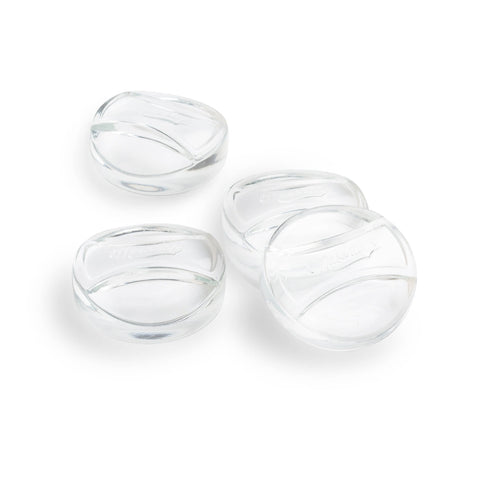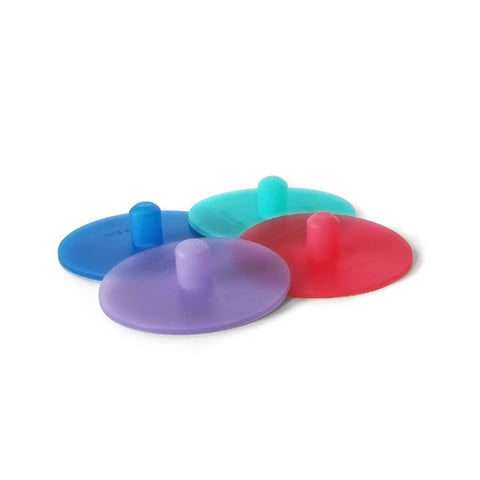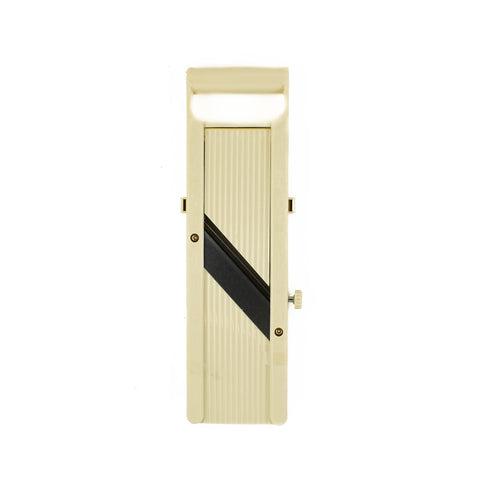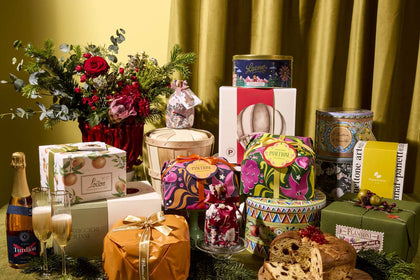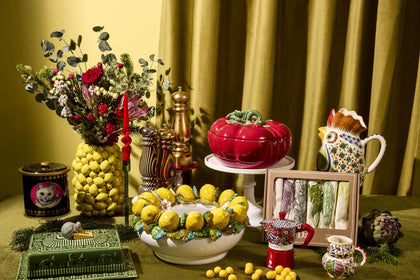What Do You Need To Start Fermenting At Home?

What equipment do you need?
All our stoneware fermenting pots come with all three of the below so you can start fermenting straight away. But to learn more read on:
1. Fermenting Pot
The most important piece of equipment you'll need is a fermenting vessel. This can be a traditional ceramic crock, a mason jar, or even a simple glass container. Whatever you choose, it should be large enough to hold the food you want to ferment and an additional weight.
Read more about how to choose the right fermenting pot for you.
2. Weight
To keep your fermenting food completely submerged in liquid and prevent the growth of unwanted mould, you'll need a weight to hold it down. This can be a plate that fits inside your fermenting vessel and a jar filled with water, or a special fermenting weight that is designed to fit inside a mason jar. All of our ceramic fermenting pots come with fermentation weights.
3. Airlock
You need a way to release the carbon dioxide as the food ferments, whether or not this is a piece of muslin cloth over the surface or a specialist water seal or airlock. Learn more about the different types of airlock in our how to choose the right fermenting pot article.
What ingredients do you need?
1. Salt
Salt is an essential ingredient in fermentation. It helps to preserve the food and promote the growth of the beneficial bacteria that create the fermentation process.
Sea salt, or non-iodized salt, is the best choice for fermenting. This is because iodized salt or table salt will kill the bacteria in your ferment and stop the fermentation process.
This is a good salt that you can use:
Loved by the world's top chefs and specifically recommended by Samin Nosrat of Salt, Fat, Acid, Heat and Thomas Keller of The French Laundry, Diamond Crystal kosher salt is the ingredient we all need in our store cupboard.
Identifiable by its pyramid-shaped grains and hollow interior, it's coarse enough to pick up and fragile enough to crush between your fingers for perfect seasoning.
This also means it dissolves much easier than table salt to make a brine for fermenting vegetables and with no additives or iodine it won't inhibit the fermentation process.
2. Ingredients of choice
Next you need to pick some vegetables of your choice to ferment or pickle. Raw vegetables are the easiest thing to ferment as a beginner because when salt is added they use a type of lacto-fermenting.
“Lacto” refers to the lactobacillus bacteria that grows in the food. And lacto-fermentation is where the bacteria breaks down the sugars in the food and forms lactic acid. This produces a safe environment for fermentation and also produces pickled food's 'tangy' taste.
Some popular vegetables to ferment are:
- Cabbage
- Carrots
- Radishes
- Cucumbers
- Cauliflower
3. Seasonings and spices
Depending on the type of fermentation you want to make, you can add seasonings and spices. Dill and garlic are popular choices for pickling cucumbers, caraway seeds and juniper berries for sauerkraut, and chilli flakes and ginger for kimchi.
Optional Extra Equipment
1. Pickle Pipes
Pickle pipes are a vented air lock used with mason jars that allow carbon dioxide out but no oxygen in to prevent spoilage. This means you don't need to burp your jars if you screw a lid on or worry about oxygen entering the ferment if you just cover with muslin.
2. Fermentation Recipes
If you're not confident with just starting out pickling without a recipe, you can check out our fermentation recipes. Then you will have endless inspiration for what to make.
3. Fermentation Starter
If the idea of starting with a brine or salt solution is daunting, you can opt to use a starter to make kombucha, kefir or sourdough.
4. Mandoline
A mandoline is a great piece of kit for evenly slicing vegetables to the same thickness. This is great for fermenting because you want all your vegetables to be roughly the same size and thickness for even results. A mandoline is specifically very useful when making sauerkraut or kimchi.
With these items on hand, you're ready to start fermenting at home! Experiment with different types of vegetables and spices to create your own unique ferments. It is a fun and rewarding process to create your own fermented foods, and you can be sure of its quality and safety.
